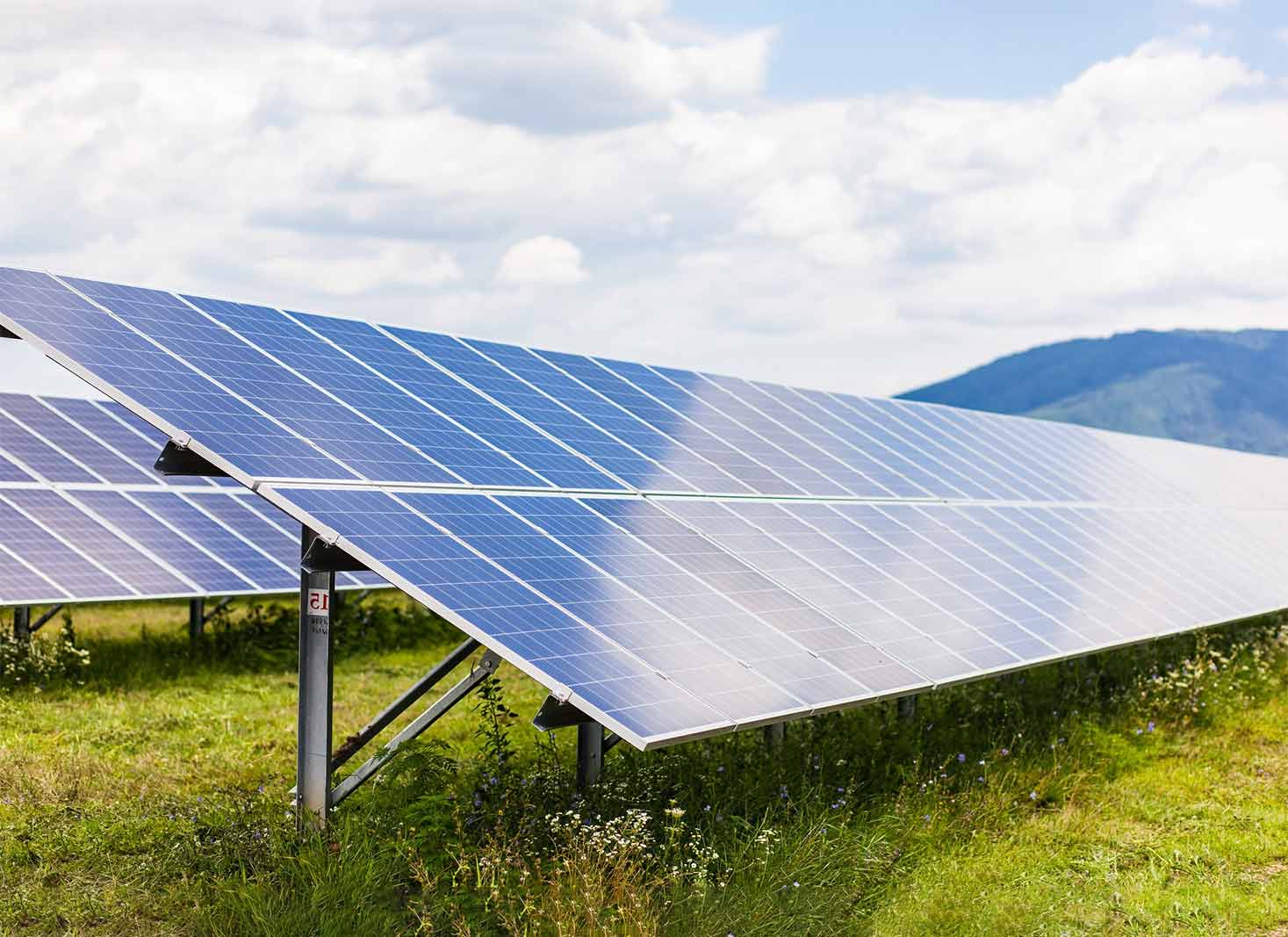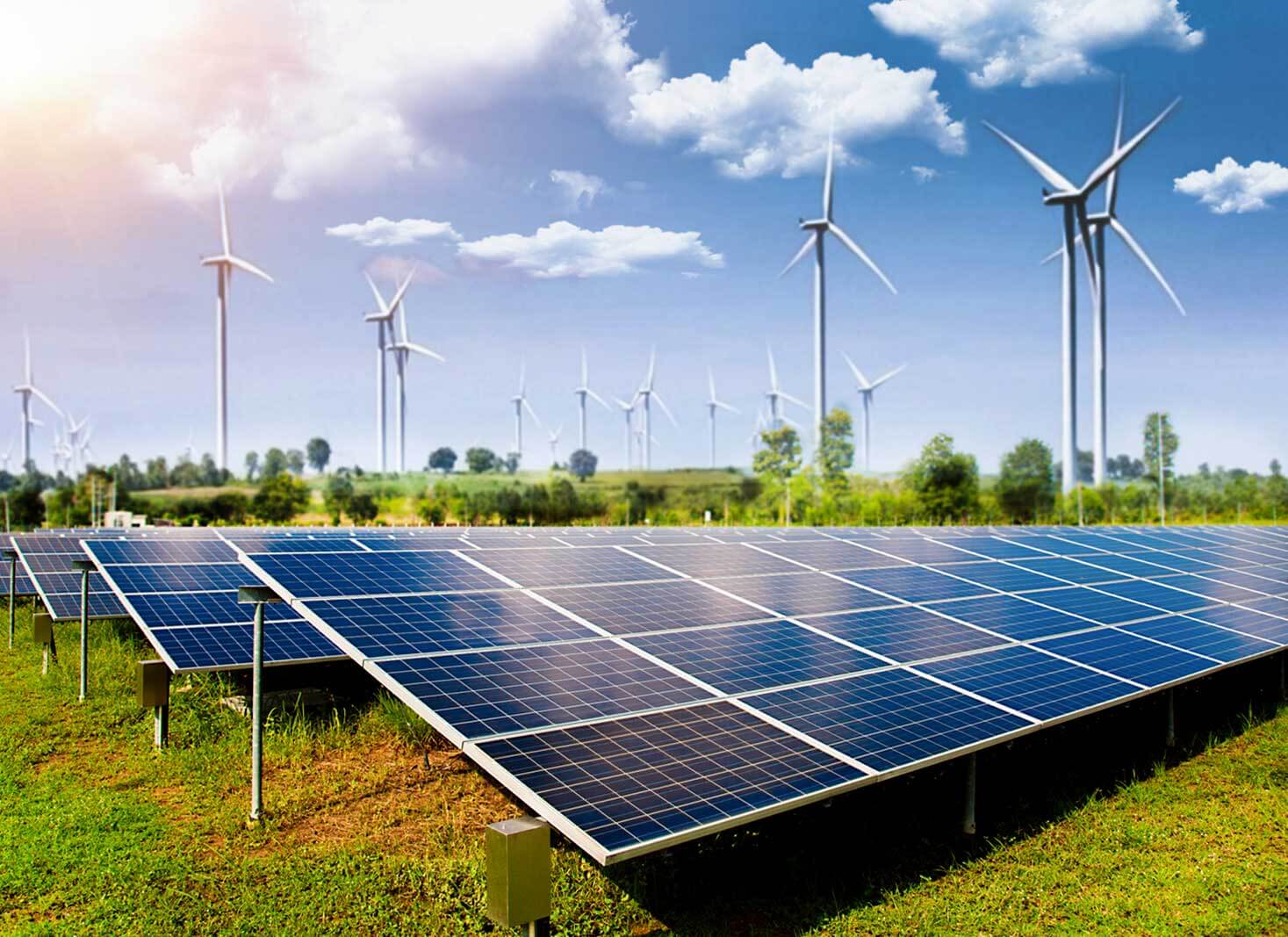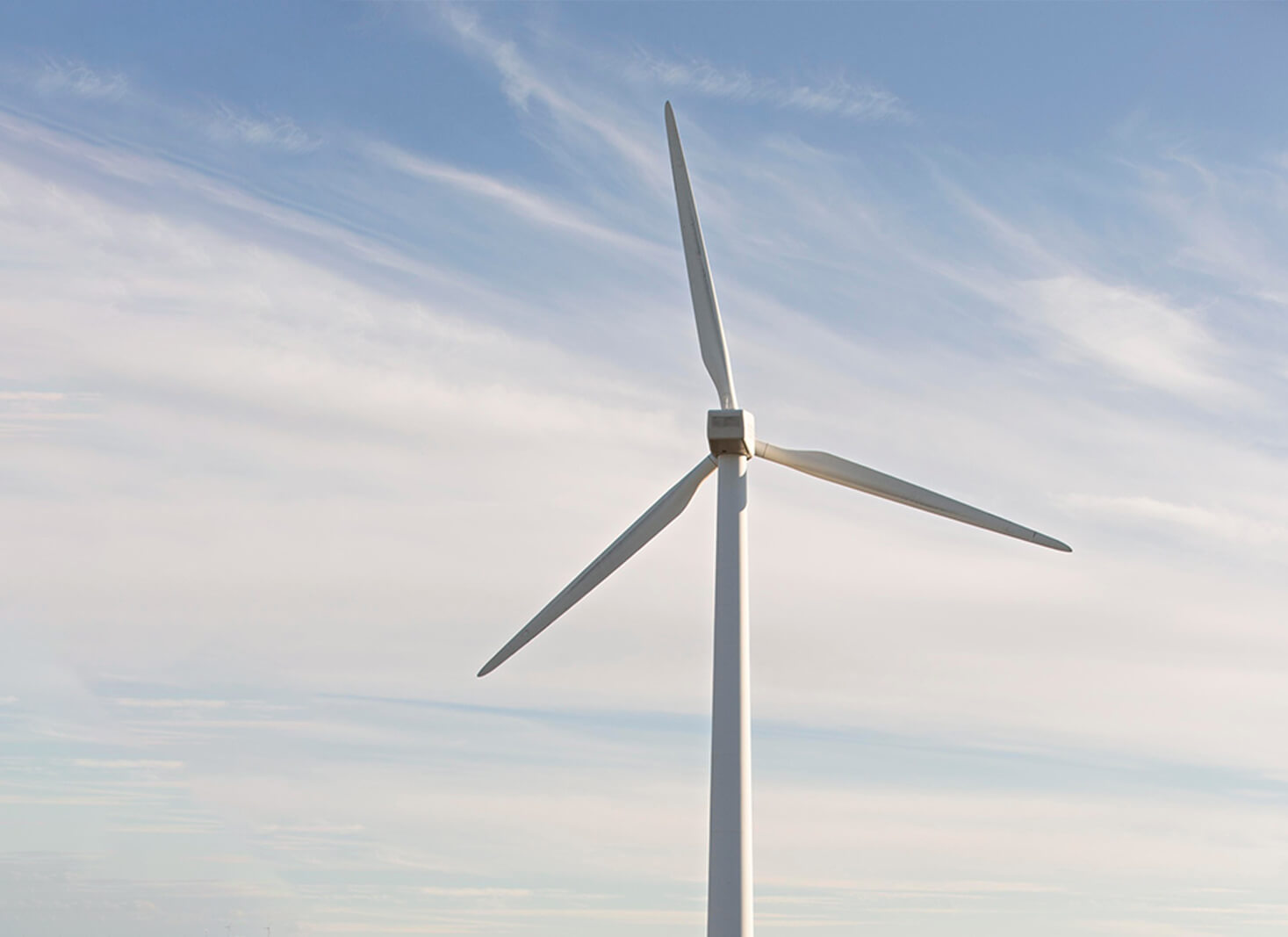Home Renewables: Cheapest Form of Energy (Solar & Wind)
Renewables: Cheapest Form of Energy (Solar & Wind)
For both household and business purposes, renewable energy stands as the most economically viable choice.<\/span>
The IEA’s World Energy Outlook has ranked solar and wind energy as the top spots for the cheapest renewable energy sources.
According to IRENA, International Renewable Energy Agency, 62% of total renewable power generated in 2020 had lower production cost than the cheapest fossil fuel option.

Table of Contents
ToggleShort summary
- Renewable energy sources are becoming increasingly attractive due to their cost-effectiveness and environmental benefits in the fight against climate change.
- Solar and wind power are currently the cheapest sources of energy.
- Technology offers powerful tools for optimising renewable energy efficiency, leading to cost savings & reduced emissions while creating jobs & improving public health.
The rise of renewable energy
The rise of renewable energy is driven by exciting advancements in technology, low-cost batteries, and increasing demand. According to the International Renewable Energy Agency, renewables are predicted to produce 50% of the world’s electricity by 2050.
This rapid growth is fueled by government energy subsidies that make renewable energy sources more accessible and cost-effective, especially when compared to coal-fired power plants.

Forms of renewable energy - which is the cheapest?
While we still get about 80% of our electricity from fossil fuels, there has been a steady decline in LCOEs for renewable energy, which has seen a rise in the adoption of renewables globally.
The cost of fossil fuels varies widely but ranges between $0.054/kWh and $0.167/kWh on average. Renewable energy is now cheaper than fossil fuels, and the fact that it cannot be depleted makes it an excellent alternative.
Here is a table showing how much different sources of renewable energy cost per kWh.
| Renewable energy source | STC rating Global weighted-average total installed cost per kW | Global weighted-average LCOE cost per kWh |
|---|---|---|
| Solar power (PV) | $857 | $0.048/kWh |
| Wind energy (onshore wind) | $1,325 | $0.033/kWh |
| Hydroelectric energy | $2,135 | $0.048/kWh |
| Geothermal energy | $3,991 | $0.068/kWh |
| Biomass | $2,353 | $0.067/kWh |
Note: These figures are based on IRENA’s report on Renewable Power Generation Costs in 2021.
LCOE: Levelized Cost of Electricity is the minimum price at which energy must be sold for an energy project to break even.
Solar power advancements
Solar power has experienced remarkable cost reductions in recent years thanks to innovative advancements in technology. Solar PV, for instance, has dropped by a staggering 88% from $0.417/kWh to an impressive $0.048/kWh.
The price of concentrated solar power (CSP) has decreased drastically by 68% from $0.358/kWh and is now available for an impressive $0.114/kWh. These price drops have made solar power one of the most cost-effective energy sources available today.
The current installation cost of solar power is an affordable $857/kW, making it competitive with other renewable energy sources, such as offshore wind projects.
This affordability has led to a significant increase in solar energy capacity, with over 843 GW installed globally by the end of 2021. Australia alone has over 3.52 million solar PV panel installations, with a combined capacity of more than 32.1 GW as of June 30, 2023.
Wind power progress
Wind power, particularly onshore wind, has made significant strides in recent years, becoming the cheapest new energy source. This is largely due to a 68% cost reduction from $0.102/kWh and is now available at just $0.033/kWh.
Several factors have contributed to the cost reduction of onshore wind energy. Advances in turbine technology, lower plant costs, and higher capacities from newer wind technologies have all played a role in making onshore wind more affordable and accessible.
Offshore wind saw a cost reduction of nearly 60% from $0.188/kWh to $0.075/kWh.
The environmental benefits of wind energy include:
- Being a clean and renewable energy source
- Not emitting greenhouse gases
- Contributing to the global transition to cleaner, more sustainable energy sources
These benefits have contributed to the rapid growth in popularity of wind power.

Hydroelectric power potential
Hydroelectric power holds considerable potential as a major renewable energy source. However, to fully realise this potential, proper adaptation and utilisation of existing resources are needed to lower costs and make hydroelectric power more accessible.
In recent years, hydroelectric power has seen a price increase of 23% in their LCOEs, from $0.046/kWh to $0.048/kWh.
Hydropower has great potential, and if the existing resources are adapted and utilised properly, we can see a significant decrease in costs.
Hydroelectric energy in Australia
Australia already has more than 100 hydroelectric power plants in operation, with a total installed capacity of about 7800 megawatts (MW).
The Snowy Mountains Hydroelectric Scheme is one of the most well-known hydroelectric power plants. This scheme, located in the Snowy Mountains region of New South Wales, is a complex network of dams, reservoirs, and power stations that generates electricity and provides water for irrigation.
Tasmania also has a significant share of its electricity generation coming from hydroelectric power. The state’s abundant rainfall and mountainous terrain make it suitable for hydroelectric development. The Gordon Dam and the Hydro Electric Corporation (HEC) are notable hydroelectric facilities in Tasmania.
Geothermal power potential
Geothermal energy saw an increase in cost over the past few years, from $0.054/kWh to $0.068/kWh. However, the prices are expected to trend downward as more geothermal plants are being commissioned worldwide.
Biomass: is it reliable?
The cost of Biomass has been the same for over a decade, standing at $0.067/kWh. Even then, it remains to be cheaper than most fossil fuel alternatives.
Comparing energy costs: LCOE and ESA
To effectively compare the costs of different energy sources, two powerful methods are used: the Levelized Cost of Energy (LCOE) and the Energy Savings Analysis (ESA). These methods take into account factors such as installation costs, lifetime costs, and energy efficiency, providing valuable insight into the cost-effectiveness of various energy sources.
LCOE Method
The Levelized Cost of Energy (LCOE) method is a comprehensive calculation that considers all costs associated with electricity generation, including:
- Capital costs
- Operational and maintenance costs
- Fuel costs
- Regulatory costs
By taking into account all the lifetime costs of energy supply, including the cost per unit of energy and installation costs, LCOE provides a valuable metric for comparing different energy sources and determining their cost-effectiveness.
One unique cost factor in energy storage, such as batteries, is the loss that occurs due to inherent inefficiencies of storing electricity. Minimising these losses can lead to reduced fuel costs and carbon emissions while enhancing the overall efficiency of the energy system.
In addition to LCOE, the levelized cost of storage (LCOS) is used to evaluate the cost-effectiveness of energy storage technologies. The LCOS is analogous to the LCOE but applied to energy storage technologies, helping to optimise energy usage and further reduce costs.
ESA Method
The Energy Savings Analysis (ESA) method goes beyond the LCOE by analysing the entire energy system, calculating the total cost and examining metrics beyond energy costs. This comprehensive approach allows for a deeper understanding of the energy landscape and helps identify potential areas for improvement and cost reduction.
ESA takes into account all quantifiable costs of energy efficiency measures, including:
- Capital costs
- Labour and markup
- Finance costs
- Maintenance
By considering the quantity of energy input/output of a system, ESA provides valuable insights into the dispatchability of a resource and the existing energy mix in a region, ultimately contributing to more informed energy decisions.
The impact of climate change on energy choices

Climate change and the urgent need to reduce CO2 emissions play a significant role in the adoption of renewable energy sources. As the world grapples with the consequences of climate change, the environmental and health benefits of renewable energy sources have become increasingly important.
By transitioning to renewable energy sources, we can reduce global temperatures and carbon emissions, leading to a healthier planet. Additionally, renewable energy sources are more efficient than fossil fuels because they are an endless source of energy, making them an attractive choice for combating climate change.
As renewable technologies continue to advance, their costs are dropping, making them more competitive with traditional fossil fuel generation.
This, combined with the environmental benefits of renewable energy sources, makes them an increasingly appealing option for governments, corporations, and individuals looking to reduce their carbon footprint and contribute to a cleaner, more sustainable future.
Maximising energy efficiency with technology
Technology has played a crucial role in maximising the efficiency of renewable energy sources, ultimately reducing costs and minimising their environmental impact.
By leveraging innovative technologies such as remote monitoring and energy storage optimization, we can unlock the full potential of renewable energy sources and ensure they are utilised as efficiently as possible.
Remote monitoring allows for:
- The efficient use of renewable assets based on favourable weather patterns and optimal geographic locations
- Maximising energy production
- Minimising wasted resources
Energy storage optimization focuses on:
- Reducing fuel costs
- Reducing carbon emissions
- Enhancing efficiency
By optimising energy storage systems and minimising losses due to inherent inefficiencies, technology can help create a more cost-effective and sustainable energy landscape.
The future of energy: transitioning to renewables

The future of energy lies in transitioning to renewable sources, as they become more cost-competitive and offer numerous benefits, including reduced emissions, job creation, and improved public health.
By 2030, renewable sources are expected to provide a substantial portion of the world’s electricity supply, signalling a major shift in the global energy landscape.
As solar and wind energy continue to become more accessible and affordable, the transition to renewable energy sources will accelerate. Governments, corporations, and individuals will increasingly embrace renewable technologies, recognizing the long-term environmental, economic, and health benefits they offer.
The global transition to renewable energy sources represents a monumental opportunity to:
- Combat climate change
- Reduce air pollution
- Create jobs
- Improve public health
By embracing renewable energy sources and investing in innovative technologies, we can create a cleaner, more sustainable future for generations to come.
FAQ's
Solar remains cheaper than all other sources of energy, including oil, gas and coal, even when factoring in the cost of intermittency, according to the International Energy Agency.
Nuclear energy is considered an economical and low-carbon energy source with a relatively high energy output. Nuclear power plants operate safely under stringent regulatory frameworks. However, the upfront capital costs and challenges associated with waste disposal and plant decommissioning can be significant.
LCOE and ESA methods provide a comprehensive analysis of the cost-effectiveness of different energy sources, taking into account factors such as installation costs, lifetime costs, and energy efficiency.
This helps in effectively comparing the costs of different energy sources.
Table of Contents
Toggle




